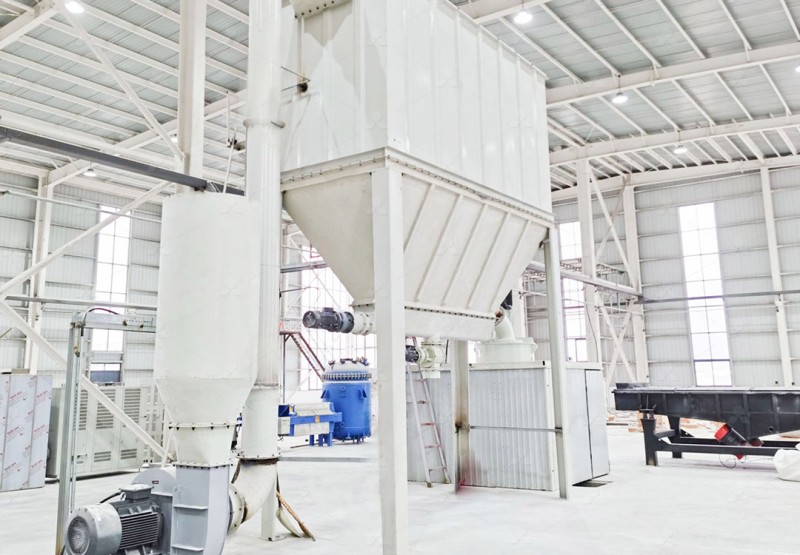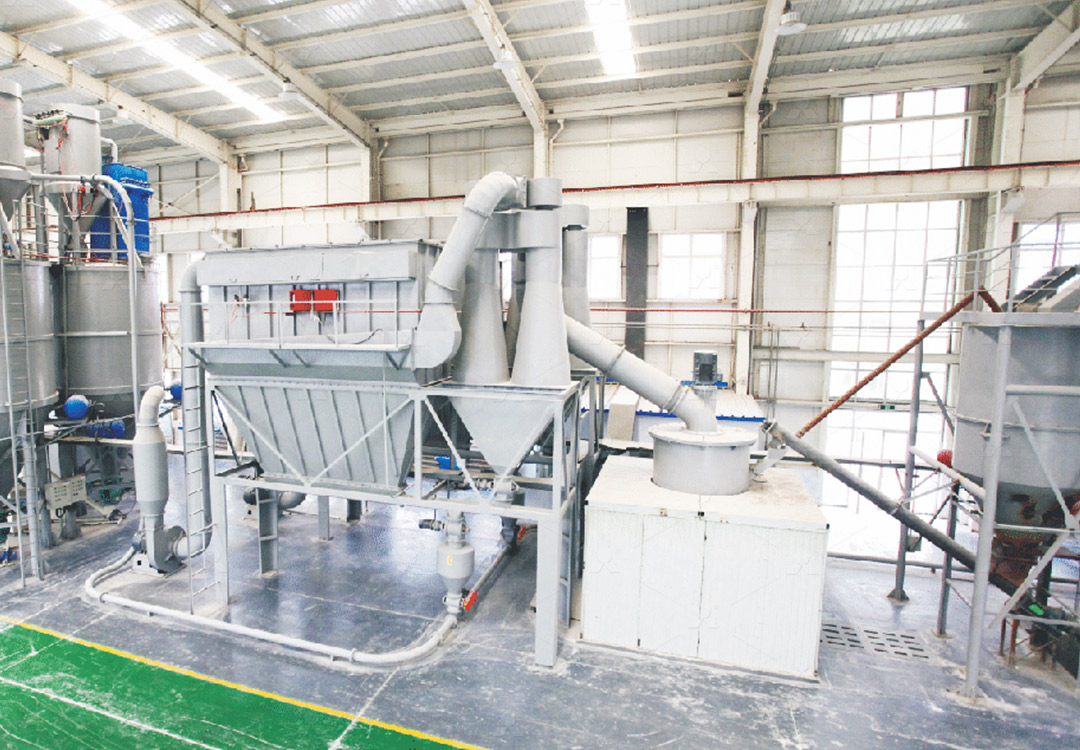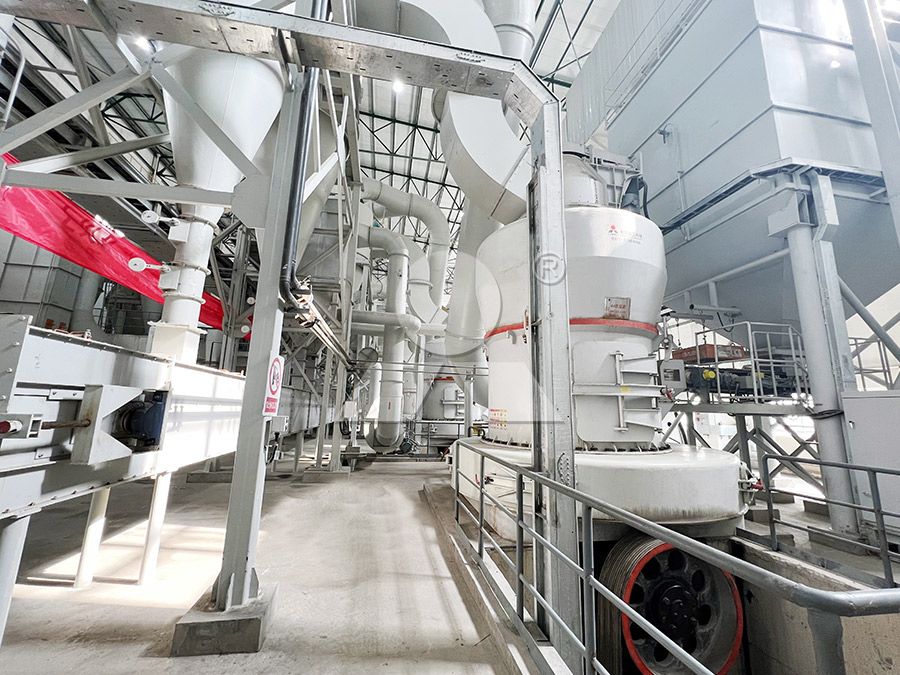Cost of Complete Production Line for 220 Mesh Hydrated Lime Grinding at 5TPH for Concrete Additives
Cost of Complete Production Line for 220 Mesh Hydrated Lime Grinding at 5TPH for Concrete Additives
Establishing an efficient hydrated lime grinding production line for concrete additives requires careful consideration of equipment selection, operational costs, and final product quality. For producers targeting 220 mesh fineness at 5 tons per hour capacity, the complete system cost involves multiple components beyond just the grinding mill itself.
The heart of any hydrated lime grinding operation is the milling equipment. Traditional ball mills have been widely used but often lack the energy efficiency and precise particle control needed for modern concrete applications. For 220 mesh hydrated lime production, ultra-fine grinding technology offers significant advantages in both operational costs and final product performance.

Equipment Selection: The Core Investment
When evaluating grinding mills for hydrated lime production, several factors directly impact the total cost of ownership. The MW Ultrafine Grinding Mill stands out as an optimal solution for 5TPH operations targeting 220 mesh fineness. With an input size capacity of 0-20 mm and production range of 0.5-25 tph, this equipment perfectly matches the specified requirements.
The MW series incorporates advanced German powder separation technology, allowing precise control over final product fineness between 325-2500 meshes. For concrete additive applications where consistent particle size distribution is critical, this capability ensures the produced hydrated lime meets exact specifications batch after batch.
Beyond the Mill: Complete System Components
A comprehensive production line includes several integrated components. The crushing system prepares raw hydrated lime to the appropriate feed size, while conveying equipment transports material between stages. Dust collection systems are particularly important in lime processing to maintain environmental compliance and product recovery.
The MW Ultrafine Grinding Mill’s integrated pulse dust collector and muffler system reduces both dust emissions and operational noise, contributing to a cleaner working environment and minimizing additional pollution control investments. This integrated approach can reduce auxiliary equipment costs by up to 25% compared to separate component systems.

Operational Cost Considerations
Energy consumption represents the most significant ongoing expense in lime grinding operations. The MW Ultrafine Grinding Mill achieves 40% higher production capacity than jet mills and double the output of ball mills at equivalent fineness levels, while reducing system energy consumption by 30%. For a 5TPH operation running 20 hours daily, this translates to approximately $45,000 in annual energy savings.
Maintenance costs also substantially impact total ownership expenses. The MW mill’s unique design eliminates rolling bearings and screws within the grinding chamber, preventing common failure points that plague traditional mills. External lubrication capability enables continuous 24-hour operation without shutdowns for maintenance.
Alternative Solutions for Specific Applications
For operations with space constraints or specific material handling requirements, the LUM Ultrafine Vertical Grinding Mill presents another viable option. With an input size of 0-10 mm and capacity range of 5-18 tph, this vertical configuration offers footprint advantages while maintaining precise control over final product quality. The LUM mill’s reversible structure simplifies maintenance access, potentially reducing downtime costs by up to 40%.
Total Investment Breakdown
A complete 5TPH hydrated lime grinding line for 220 mesh concrete additives typically involves:
- Grinding mill: 45-55% of total cost
- Feeding and conveying systems: 15-20%
- Dust collection and environmental controls: 10-15%
- Electrical systems and automation: 12-18%
- Installation and commissioning: 8-12%
The MW Ultrafine Grinding Mill’s integrated design can compress these percentages by combining multiple functions within a single unit, potentially reducing the total system cost by 15-20% compared to component-based approaches.

Return on Investment Analysis
When calculating ROI for a 5TPH hydrated lime grinding line, producers should consider both capital expenditure and operational savings. The higher initial investment in advanced grinding technology like the MW Ultrafine Grinding Mill typically delivers payback within 18-24 months through reduced energy consumption, lower maintenance costs, and higher product quality commanding premium pricing in concrete additive markets.
Frequently Asked Questions
What is the typical lead time for a complete 5TPH hydrated lime grinding line?
Standard delivery ranges from 8-12 weeks after order confirmation, with expedited options available for urgent requirements. The manufacturing process utilizes numerical control machining for consistent quality and faster production.
How does the MW Ultrafine Grinding Mill handle variations in raw material moisture content?
The system incorporates adjustable grinding parameters and integrated drying capability when paired with appropriate heating sources. For hydrated lime applications, maintaining optimal moisture levels ensures consistent 220 mesh output quality.
What spare parts inventory should we maintain for continuous operation?
Critical wear components include grinding rollers and rings, with typical service life exceeding 6,000 operating hours. Our comprehensive spare parts support ensures availability of original components to minimize downtime.
Can the production line be upgraded for higher capacity in the future?
Both the MW and LUM mill series offer scalability options. The MW Ultrafine Grinding Mill’s 0.5-25 tph range allows capacity expansion up to 400% without replacing the core equipment, protecting your initial investment.
What technical support is available during commissioning and operation?
We provide complete installation guidance, operator training, and ongoing technical support. Our service team ensures optimal performance through remote monitoring and periodic maintenance recommendations.
